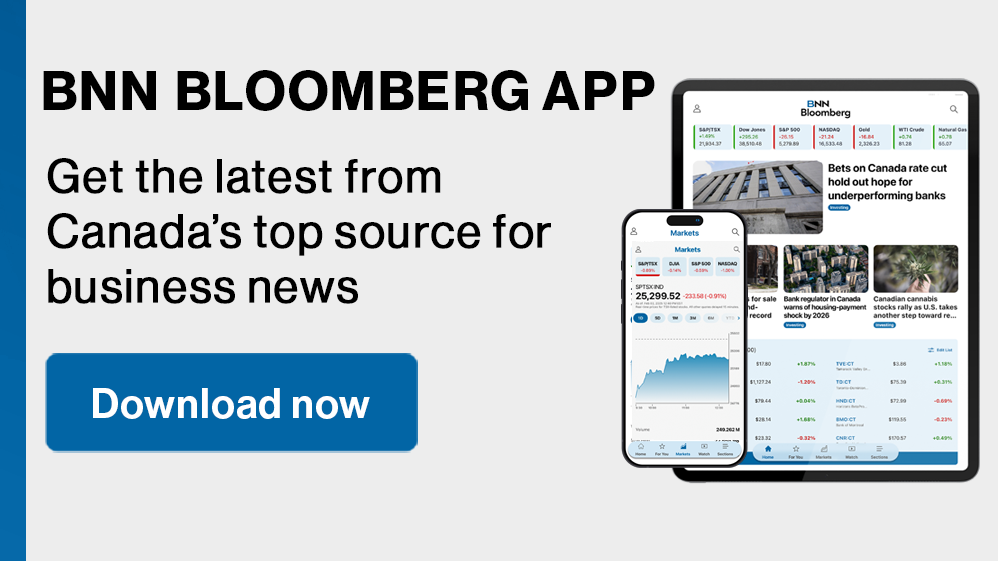Have you felt the sting of inflation over the past few years?
Inflation seems to be an unavoidable reality, and higher-than-average rates can have particularly negative consequences for those living in Canada’s lower to middle-income brackets.
As the cost of living rises, the purchasing power of your hard-earned money diminishes, making it increasingly more of a challenge to save for the future.
One of the more effective ways to offset the effects of inflation is by making smart investment choices. With the right assets and strategies, you can help preserve your money’s value and help it grow over time. Below, I’ll share some helpful tips to help point you in the right direction.
What inflation really measures
Inflation measures the rate at which prices for goods and services increase over time. Simply put:
- A higher inflation rate means prices are increasing faster
- A lower inflation rate means prices are increasing slower
In the years following the pandemic, Canada saw its national inflation rate increase to a peak of 8.1 per cent year over year in June 2022.
Looking at the latest charts from the Central Bank, the inflation rate rests close to 2 per cent, which falls into the Bank of Canada’s healthy target range.
Four ideas to help you offset inflation
The Bank of Canada’s target inflation rate is between 1 and 3 per cent. If the economy remains relatively steady, this is the rate you can expect your money to be devalued by each year. If the economy hits a bump in the road, this number can increase significantly.
With this in mind, here are some simple investment tips to help you keep your finances moving in a positive direction by offsetting the negative effects of inflation.
1. Guaranteed Investment Certificates (GICs)
Most major banks offer GICs to their customers. When you purchase a GIC, you’re essentially agreeing to lend a certain amount of your money to the bank for a set period of time, with a guaranteed simple interest return on your investment.
When it comes to a simple, set-it-and-forget-it investment, this is an excellent choice.
Generally, the minimum amount required to purchase a GIC is $500. While there technically isn’t a maximum GIC amount, it’s also important to be aware that the CDIC only insures up to $100,000.
GIC rates can vary significantly, depending on:
- The economy and current inflation rate
- The term duration of the GIC
- The amount of the GIC
Looking at some current rates, you may expect somewhere between a 2 and 4 per cent guaranteed return. I recommend comparing rates from multiple banks to make sure that you’re getting the best rate and are able to maximize your investment.
The only downside to most GICs is that they are for a term limit, meaning your money is locked up for a certain amount of time. While you may be able to prematurely withdraw funds in an emergency, you might be penalized.
2. Dividend-paying stocks
Dividend-paying stocks are publicly-traded companies, such as RBC for example, which provide a dividend payment to shareholders based on the number of shares they hold. Dividends are typically paid to shareholders on a quarterly or annual basis, shortly after the company’s earnings reports.
Some companies may withhold dividend payments after a poor earnings report, while some may issue a dividend payment despite a poor report. If you’re looking for something stable to help offset inflation, research companies that have a history of providing steady, reliable dividend payments over a long period of time.
3. High-interest savings accounts
Many smaller banks and credit unions offer special high-interest savings accounts (HISAs) to customers. Unlike a traditional big-bank savings account that may only offer a fraction of a per cent in annual interest, these special HISAs may be able to offer anywhere between 2 and 5 per cent APY on every dollar you have saved.
This is a great place to keep your emergency savings.
4. Avoid holding too much cash
Inflation slowly eats away at the value of cash, making it worth less over time. What you can buy with $100 today might cost a lot more in the future, so holding onto too much cash can leave you falling behind.
It’s smart to have an emergency fund for unexpected expenses, usually enough to cover three to six months of essential living costs, but anything beyond that might be better off working for you by investing it.
Does lower inflation mean lower prices?
Despite the recent inflation rate drop, a lower inflation rate doesn’t mean lower costs. Instead, it means that the cost of most goods and services will simply increase at a slower rate, making them easier to adjust to over time.
If the economy ever enters a “deflationary” state, that’s when you can expect to see prices drop. This very rarely occurs, though, meaning that using creative investment tips like the ones mentioned above are good ways to hedge your finances against inflation.
Christopher Liew is a CFA Charterholder and former financial advisor. He writes personal finance tips for thousands of daily Canadian readers at Blueprint Financial.


